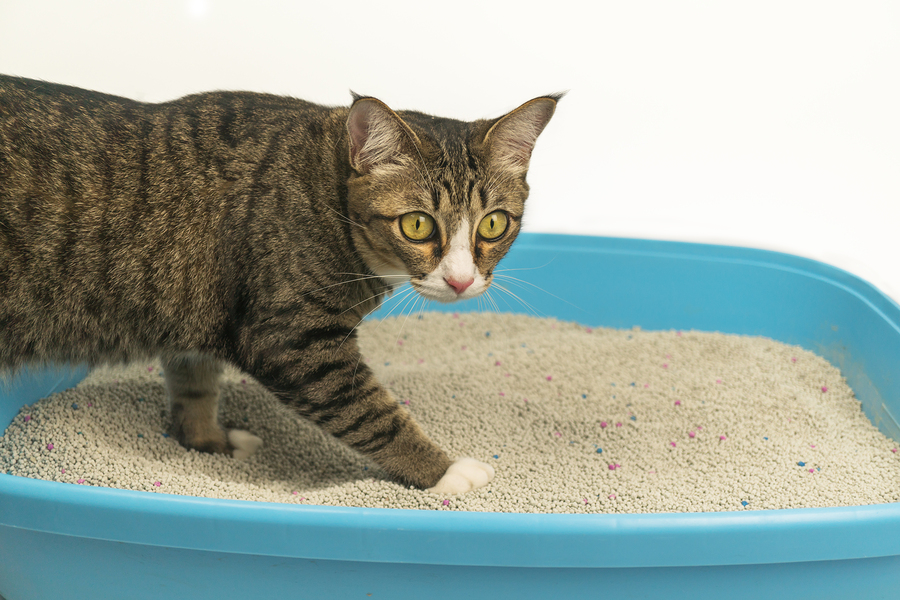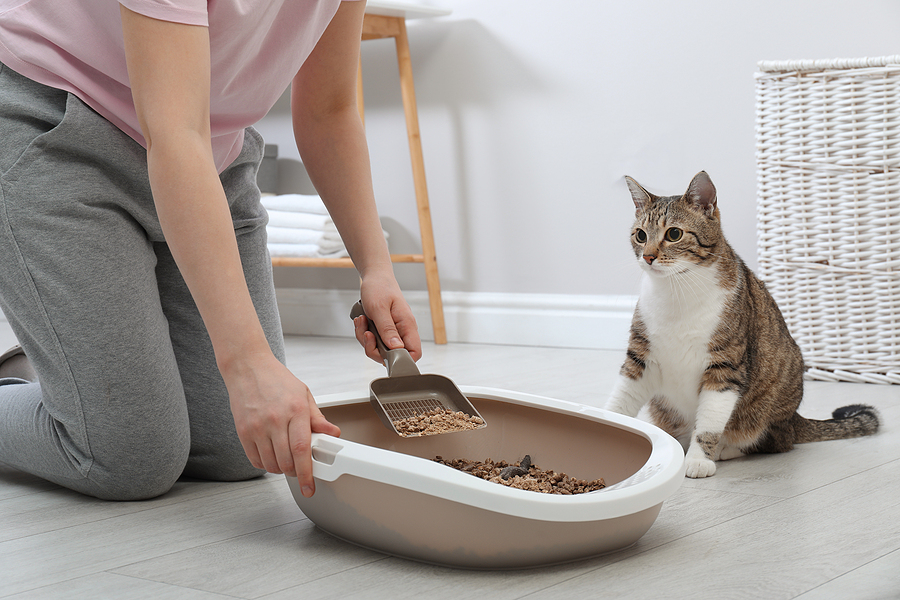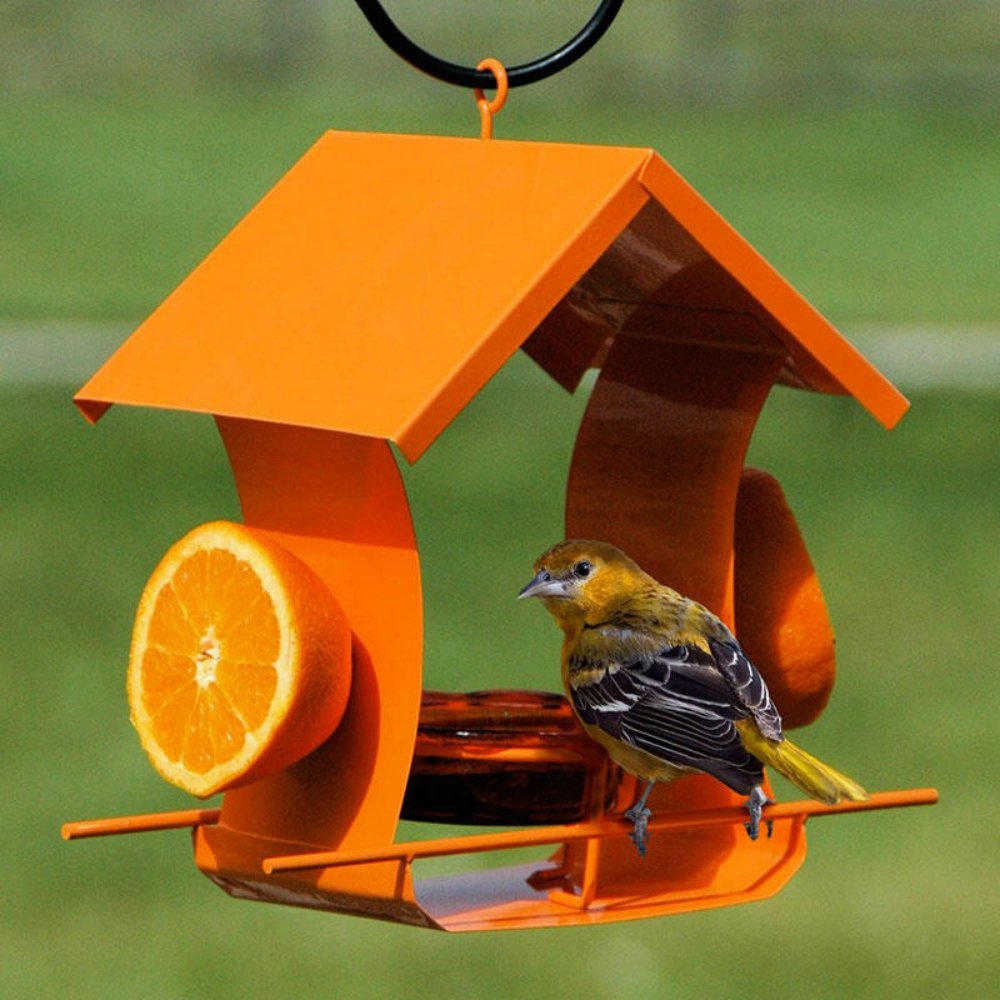
In the realm of pet care, cats have rightfully earned their reputation as independent and self-sufficient creatures. However, despite their apparent self-reliance, cats rely heavily on their human companions to provide them with a clean and healthy environment. A crucial aspect of this responsibility lies in maintaining a clean litter box, a task that often goes overlooked yet holds immense importance for feline well-being.
The Role of Cat Litter
Cat litter is more than just a convenient way to dispose of waste; it plays a vital role in maintaining a clean and healthy environment for both cats and their human companions.
-
Designated Elimination Area: Cat litter provides a designated elimination area, preventing cats from soiling carpets, furniture, or other inappropriate locations. This helps maintain a clean and hygienic living space for everyone in the household.
-
Odor Control: Cat litter absorbs and controls urine and feces odors, preventing unpleasant smells from permeating the home. This is particularly important for indoor cats and households with multiple cats.
-
Health Maintenance: A clean litter box promotes feline health by reducing the risk of infections and other health problems associated with exposure to bacteria and pathogens.

Understanding Cat Litter Science
Cat litter is not a single, homogenous substance; it’s a carefully formulated combination of absorbent materials and odor-neutralizing agents.
-
Absorbent Materials: The primary function of absorbent materials in cat litter is to soak up urine and feces, preventing wetness and odor buildup. Common absorbent materials include clay, silica, and pine.
-
Odor-Neutralizing Agents: These agents work to eliminate or mask unpleasant odors associated with urine and feces. They can be categorized into three main types:
-
Absorbents: These agents physically trap odor molecules, preventing them from spreading into the air.
-
Encapsulants: These agents surround odor molecules, encapsulating them in a barrier that prevents their release.
-
Chemical Neutralizers: These agents chemically react with odor molecules, breaking them down into odorless compounds.
-
Types of Cat Litter: Catering to Diverse Needs
The world of cat litter offers a variety of options to cater to different needs and preferences.
-
Clumping Litter: This popular choice forms solid clumps around urine, making it easy to scoop and dispose of, minimizing mess and odor.
-
Non-Clumping Litter: This traditional option absorbs urine without forming clumps, requiring more frequent scooping but often being more budget-friendly.
-
Silica Gel Litter: This newer type of litter utilizes silica crystals to absorb urine and moisture, offering superior odor control and long-lasting performance.
-
Specialized Litters: These litters address specific needs, such as dust-free litter for cats with allergies and scented litter for odor masking.
Choosing the Right Cat Litter: A Tailored Approach
Selecting the right cat litter is not a one-size-fits-all decision; it requires consideration of various factors.
-
Cat’s Preferences: Observe your cat’s reactions to different litters to determine their preferences. Some cats may prefer clumping litter, while others may be more comfortable with non-clumping litter.
-
Litter Box Type: Consider the type of litter box you use. Clumping litter is generally recommended for top-entry litter boxes, while non-clumping litter may be suitable for open-entry boxes.
-
Budget: Cat litter prices vary depending on the type and brand. Consider your budget and prioritize features that are important to you.

Maintaining a Clean and Healthy Litter Box
Regular litter box maintenance is essential for preventing odor buildup, promoting cat health, and ensuring a pleasant environment.
-
Daily Scooping: Make daily scooping a non-negotiable habit. Remove solid waste from the litter box each day to prevent odor buildup and maintain a clean environment.
-
Complete Litter Change: Schedule a complete litter change every 2-4 weeks, depending on the number of cats and litter type. This involves emptying the litter box, washing it thoroughly, and adding fresh litter. A complete change helps eliminate lingering odors and refreshes the litter box.
-
Litter Box Washing: Wash the litter box with mild soap and water at least once a month to eliminate bacteria and lingering odors. Allow the box to dry completely before adding fresh litter.

Additional Tips for Litter Box Management
Beyond the basic maintenance routine, several practices can enhance litter box hygiene and encourage your cat’s use of the designated area.
-
Litter Box Size and Location: Select a litter box large enough for your cat to comfortably turn around and eliminate. Place the litter box in a quiet, accessible location away from food and water bowls.
-
Multiple Litter Boxes: In households with multiple cats, providing multiple litter boxes is highly recommended. This can help reduce competition and provide enough options for each cat to find a clean and readily available spot to eliminate. Ideally, the number of litter boxes should equal the number of cats, plus one.
- Monitoring Litter Box Usage: Keep an eye on how often your cat uses the litter box and observe their behavior around it. Changes in litter box usage or avoidance could indicate underlying health problems, litter box preferences, or stress. If you notice any concerning signs, consult your veterinarian.
Conclusion: A Clean Litter Box for a Happy Cat
Maintaining a clean litter box is not just a chore, it’s an act of love and respect for your feline companion. By understanding the science behind cat litter, choosing the right type for your cat’s needs, and implementing a consistent cleaning routine, you can ensure a clean and healthy environment that promotes your cat’s well-being. Remember, a happy cat is a cat that feels comfortable using their designated litter box. If you have any questions or concerns about your cat’s litter box habits, don’t hesitate to consult your veterinarian. They can offer personalized advice and guidance tailored to your specific situation.

-
Common Cat Litter Problems and Solutions
Even with the best intentions, cat litter box management can encounter occasional challenges. Here’s a look at some common problems and solutions to keep your feline friend content and your home odor-free.
-
Litter Box Avoidance: This frustrating behavior can have several causes. Address potential health issues with your veterinarian first. Then, consider if the litter box is clean, the location is private and quiet, or if the litter type is suitable for your cat. Experiment with different litter types and locations to find a setup your cat prefers.
-
Unpleasant Odors: Regular scooping and complete litter changes are crucial in odor control. However, if odors persist, consider switching to a litter with stronger odor-control properties. Baking soda sprinkled on top of the litter can also help absorb lingering smells. Ensure proper ventilation in the litter box area to prevent odor build-up.
-
Tracking Litter: Cats can track litter outside the box, creating a mess. Opt for a larger litter box with high sides to minimize scattering. Invest in a litter mat placed outside the box to trap litter particles as cats exit. Regularly clean the mat to prevent litter accumulation.
-
Dust Issues: Dusty litter can irritate your cat’s respiratory system and yours. Consider dust-free litter options made from larger particles or recycled paper. Regularly sweeping or vacuuming around the litter box can also help control dust.
-
Urinary Tract Issues: Sometimes, a sudden change in litter box habits can indicate a urinary tract infection (UTI) in your cat. If you notice your cat straining to urinate, urinating outside the box, or blood in the urine, consult your veterinarian promptly. Early diagnosis and treatment of UTIs are essential for your cat’s health.
-

